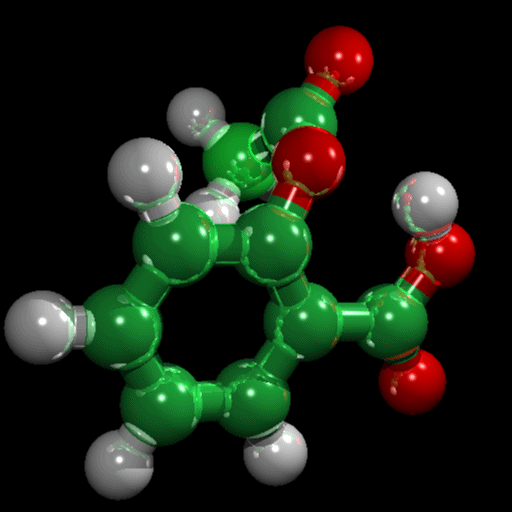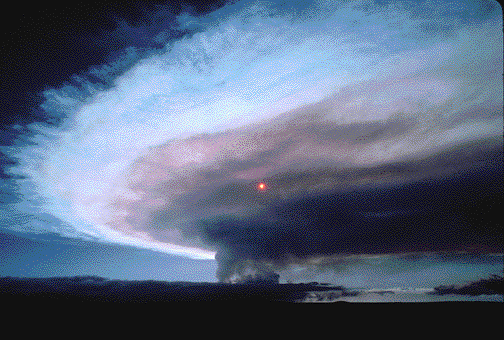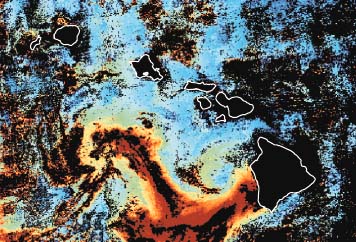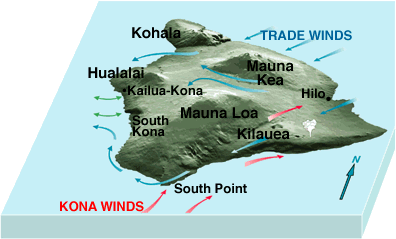 The salt marsh harvest mouse lives endemically in the green highlighted areas. Meaning is only found in the salt water marshes surrounding the 4 bays (South Bay, San Francisco Bay, Suisun Bay, and San Pablo Bay) that connect to make the San Francisco Bay Area. This brings me to why the mouse is endangered. Over 85% of the bay area's marsh lands have been developed into homes, businesses, and salt ponds since 1850. The area most impacted are the higher marsh lands that the mouse used to retreat to in high tide, but also, because of development, a lot of the tidal salt marshes have been protected by levees and sloughs to prevent businesses and homes from being effected by tides, so the marsh lands no longer flood twice a day do to the tides. Also Cargill (the company that owns the salt ponds) has created land
The salt marsh harvest mouse lives endemically in the green highlighted areas. Meaning is only found in the salt water marshes surrounding the 4 bays (South Bay, San Francisco Bay, Suisun Bay, and San Pablo Bay) that connect to make the San Francisco Bay Area. This brings me to why the mouse is endangered. Over 85% of the bay area's marsh lands have been developed into homes, businesses, and salt ponds since 1850. The area most impacted are the higher marsh lands that the mouse used to retreat to in high tide, but also, because of development, a lot of the tidal salt marshes have been protected by levees and sloughs to prevent businesses and homes from being effected by tides, so the marsh lands no longer flood twice a day do to the tides. Also Cargill (the company that owns the salt ponds) has created land  that is no longer tidal but only lets salt water into ponds so that they can dry the ponds up to harvest the salt, eventually that salt is what we use at our kitchen tables. The downside to the environment is it makes the soil super saline and takes away any ability for even salt tolerant plants and animals to survive (to the left is a picture of a mountain of salt being harvested). The final biggest impact that has happened with the area is the bay areas water treatment facilities are dumping its treated water into some of the sloughs creating fresh water streams to the bay in water that used to be brackish (moderately salty) which brings in a whole host of species that can now survive in that environment creating a whole host of invasive species to the area.
that is no longer tidal but only lets salt water into ponds so that they can dry the ponds up to harvest the salt, eventually that salt is what we use at our kitchen tables. The downside to the environment is it makes the soil super saline and takes away any ability for even salt tolerant plants and animals to survive (to the left is a picture of a mountain of salt being harvested). The final biggest impact that has happened with the area is the bay areas water treatment facilities are dumping its treated water into some of the sloughs creating fresh water streams to the bay in water that used to be brackish (moderately salty) which brings in a whole host of species that can now survive in that environment creating a whole host of invasive species to the area.
Characteristics of the Salt Marsh Harvest Mouse:
- about 3 inches long (excluding the tail)
- weighs about 2 oz
- Dark brown fur
- Red belly
- nocturnal

- eats pickle weed (shown to the left)
- only land mammal that's natural processes allow it to drink only brackish water
- lives between 8 months and one year
- gives birth to 1-2 litters per life time
- each litter has 3-4 baby mice
this mouse is unique in that it survives a high ingestion of salt as its normal systems. Its cute  small and is a food source for another endangered species, specifically the clapper rail (shown to the right).
small and is a food source for another endangered species, specifically the clapper rail (shown to the right).
What can be done to help?
Don Edwards San Francisco Bay National Wildlife Refuge is always looking for volenteers to help maintain and restore the land, as well as helping with the many vistors and field trips comming by. The Don Edwards Refuge is located at the very southern most point of the South Bay, so is nestled in an urban area, so lots of urban problems to keep up with, like grafitti, and litter, as well as weeding out the non-native species.
For teachers, they have programs for any grade level to come out and explore the marsh lands and learn about all of the species, and learning the importance of the water your using, and how to use it wisely. Besides its beautiful. Just don't forget the sunblock.
 Approximately 8 billion Aspirin tablets are taken per year for a variety of reasons including:
Approximately 8 billion Aspirin tablets are taken per year for a variety of reasons including:

.JPG)











